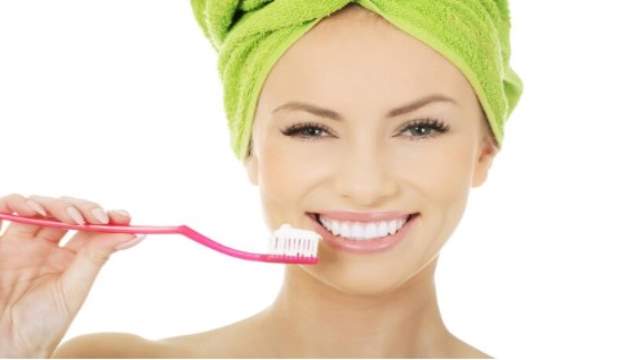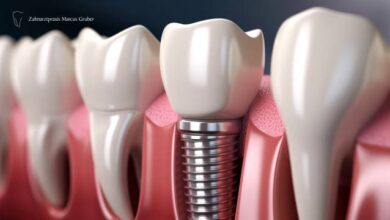Things to Do to Keep Your Teeth White and Healthy

A consistent oral hygiene routine at home is crucial for maintaining white and healthy teeth. Brush your teeth at least twice a day with fluoride toothpaste to remove plaque and prevent cavities. Don’t forget to floss daily to clean between teeth and along the gumline where your toothbrush can’t reach. Mouthwash can also complement your routine by reducing plaque and freshening your breath.
Taking care of your teeth starts with regular visits to the dentist for general dentistry check-ups. These visits are essential for preventing dental problems before they become serious. Your dentist will clean your teeth professionally, check for cavities, and ensure your gums are healthy. This proactive approach can save you from painful toothaches and costly treatments later on.
Healthy Diet for Healthy Teeth
What you eat and drink affects your teeth more than you might realize. Avoid sugary and acidic foods that can erode enamel and lead to cavities. Instead, opt for a balanced diet rich in fruits, vegetables, and calcium-rich foods like dairy products. Drinking plenty of water throughout the day helps rinse away food particles and keep your mouth hydrated, reducing the risk of decay.
Additional Tips for Brighter Smiles
When it comes to achieving a brighter smile, beyond daily care and a good diet, professional teeth whitening treatments can make a significant difference. These treatments, performed by dental professionals, are designed to safely and effectively enhance the appearance of your teeth by removing stains and discoloration.
Types of Teeth Whitening Options
There are several types of teeth whitening options available, depending on your preferences and dental needs:
1. In-Office Whitening
This is a popular choice where a dental professional applies a whitening agent to your teeth and uses a special light to accelerate the whitening process. It typically provides immediate and noticeable results in just one visit.
2. At-Home Whitening Kits
Dentists also offer customized whitening kits that you can use at home. These kits include trays that fit your teeth perfectly and a professional-strength whitening gel. You wear the trays for a specified amount of time each day until you achieve your desired level of whiteness.
3. Over-the-Counter Products
There are various over-the-counter products such as whitening toothpaste, strips, and gels. While these products can lighten surface stains to some extent, they are generally less effective compared to professional treatments and may not provide long-lasting results.
Safety Considerations for Teeth Whitening Treatments
Before undergoing any teeth whitening treatment, it’s important to consider the following safety precautions:
1. Consultation with a Dentist
Schedule a consultation with your dentist to determine if teeth whitening is suitable for you. They will assess your oral health and recommend the most appropriate treatment based on your dental condition.
2. Professional Supervision
Opting for professional teeth whitening ensures that the treatment is performed under the supervision of a qualified dental professional. This reduces the risk of potential side effects and ensures optimal results.
3. Potential Sensitivity
Some people may experience temporary tooth sensitivity or gum irritation after teeth whitening. Your dentist can provide desensitizing agents or recommend products to alleviate discomfort.
Final Wording
By choosing the right teeth whitening option and following professional advice, you can achieve a whiter, more radiant smile safely and effectively. Remember to maintain good oral hygiene practices and attend regular dental check-ups to prolong the results of your teeth whitening treatment.



